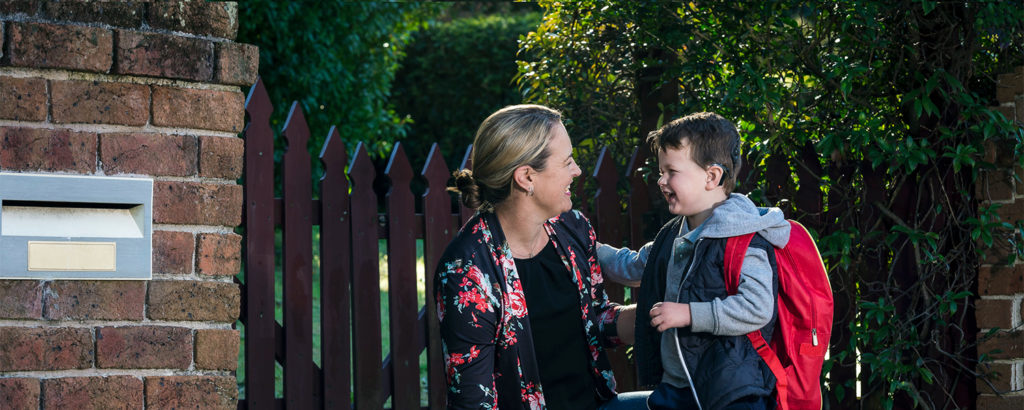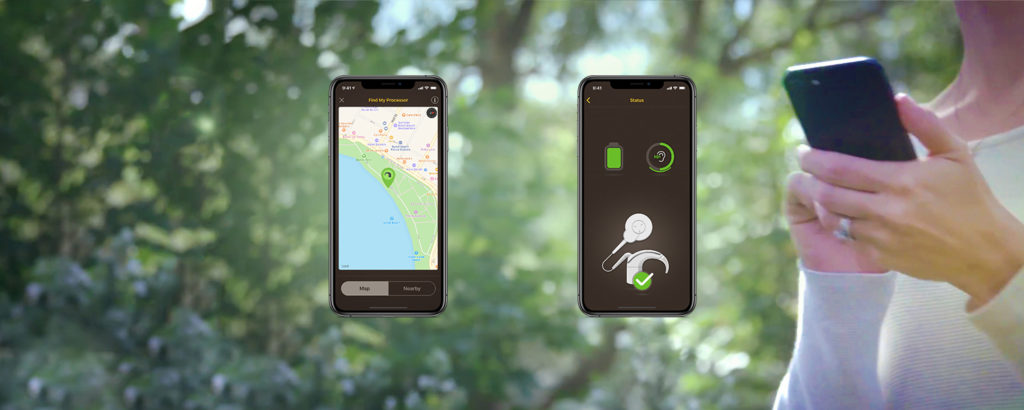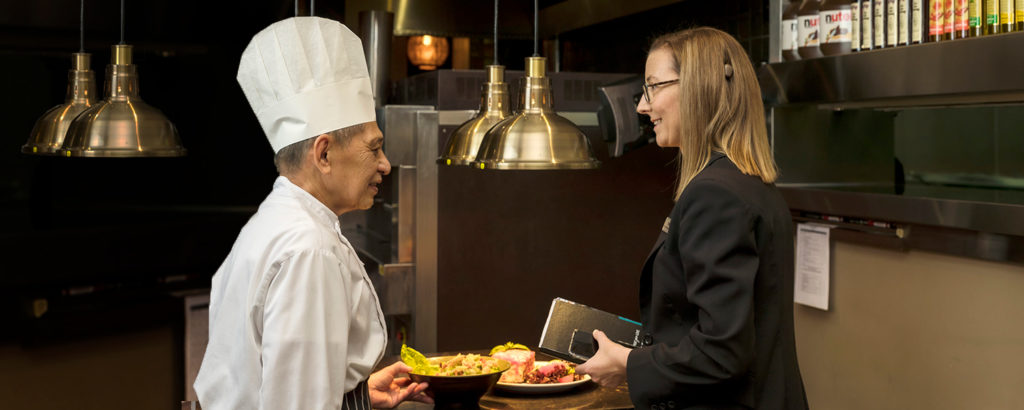When Charlotte received a message that her brother was in hospital, she had no choice but to pick up the phone and try to track him down. But now she says using the phone is ‘easy,’ thanks to the steps she took after activation.
‘I had no idea which hospital [my brother] was in or even why he was in hospital. I had no option but to ring around all the different hospitals to find out where he was,’ says Charlotte, who lives in the UK.
But there was a problem: Charlotte hadn’t used the phone for 20 years.
‘It was only after I finally put the phone down that I realised how far I had come and how much I had achieved,’ says Charlotte, who had just been activated 10 months before the hospital incident.
‘No way on earth I could have done that before the operation. Not at all. But it was just easy. Life is so much easier when you can hear – and it really is,’ she says of her experience with her Cochlear™ Nucleus® Kanso® Sound Processor.
Charlotte attributes her progress to the various steps she took at home after activation. In this Q&A, Charlotte shares her insights and what she found worked best and why.
Q. What kind of listening practice did you find helpful initially?
A. On the first day, the hospital gave me listening exercises, including a long list of sounds which I had to tick off as I heard them. They also gave me lists of sentences which my husband read randomly while covering his mouth. I had to work out which sentence he was saying.
Q. Did you use any online resources?
A. I discovered children’s audio books on YouTube, designed for non-English speakers to learn English. The pace was slow, the diction was clear and concise, and the words were there – it was just what I needed as I could listen and read at a slow, comfortable pace.
This was probably the best thing I did because I had to learn to listen. I didn’t really understand that before the operation. I had to build up the concentration to listen, and I also had to train my brain to learn and recognise sounds and words.
Q. Did you make this part of your daily routine?
A. I spent 40 minutes every lunchtime just listening. I had my Cochlear Wireless Mini Microphone by this time, so I just plugged in my phone and the sound streamed straight to my sound processor.
I could also do this if I was on the train, or at home in the evening; I made time every day and just fitted it in.
Q. How did you become comfortable using the phone?
A. I made a phone call at one of my speech and language therapy sessions at the hospital; it was a very simple call, but I managed to have a conversation.
I stopped using the phone 20 years before having my implant, so that was a huge but exciting step. But I was very aware that practice phone call was contrived and not real life.
I bought a phone clip from Cochlear and just started making simple phone calls – like booking a table in a restaurant – where I was controlling the call and I had an idea what the answers would be.
Progressing on the phone was much harder than audio books because I was dealing with real people in real circumstances, and most people don’t speak slowly, clearly or concisely. I had a lot of failures, but I kept at it, and slowly, slowly, bit by bit, it got better.
Q. What’s your advice to others?
A. In the beginning I thought there was no way I would ever get any better, I didn’t think these mumbles and unintelligible noises would ever become clear. It’s very hard at first, and very frustrating. But keep at it, because it’s worth it.
For more information about the Cochlear Wireless Phone Clip and Mini Microphone, visit Cochlear True Wireless™ Devices or Cochlear Online Store.




